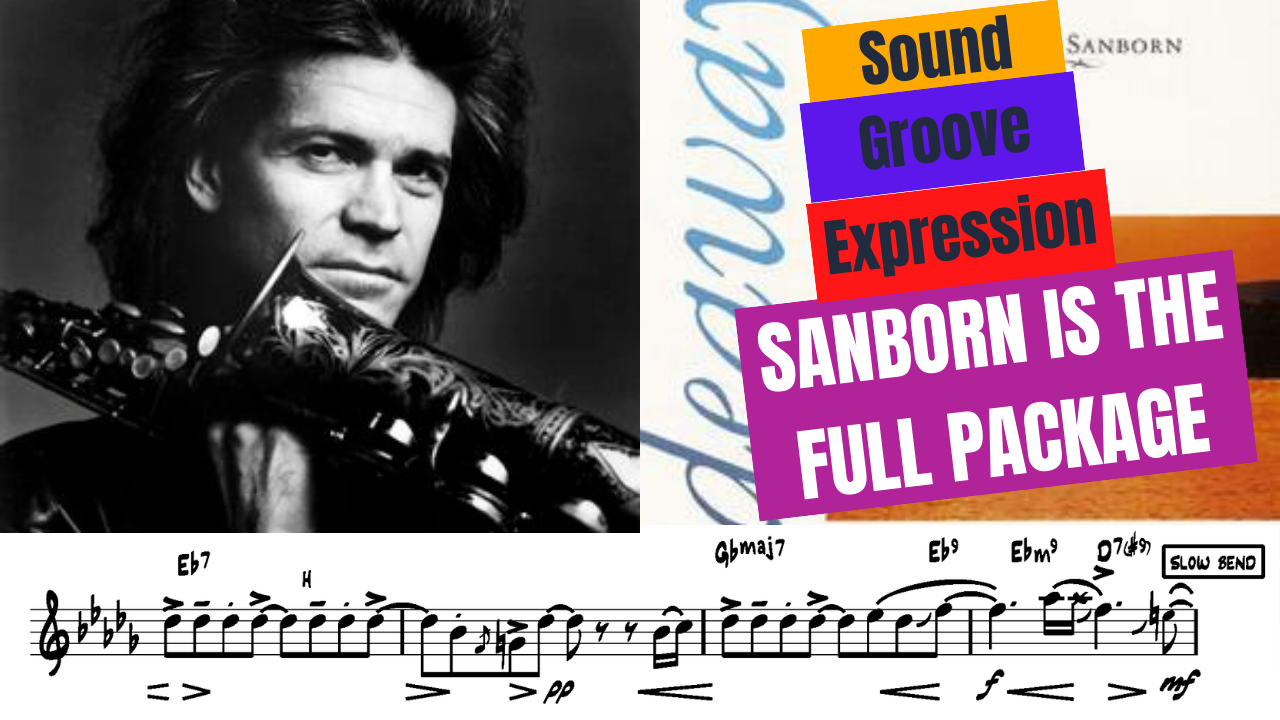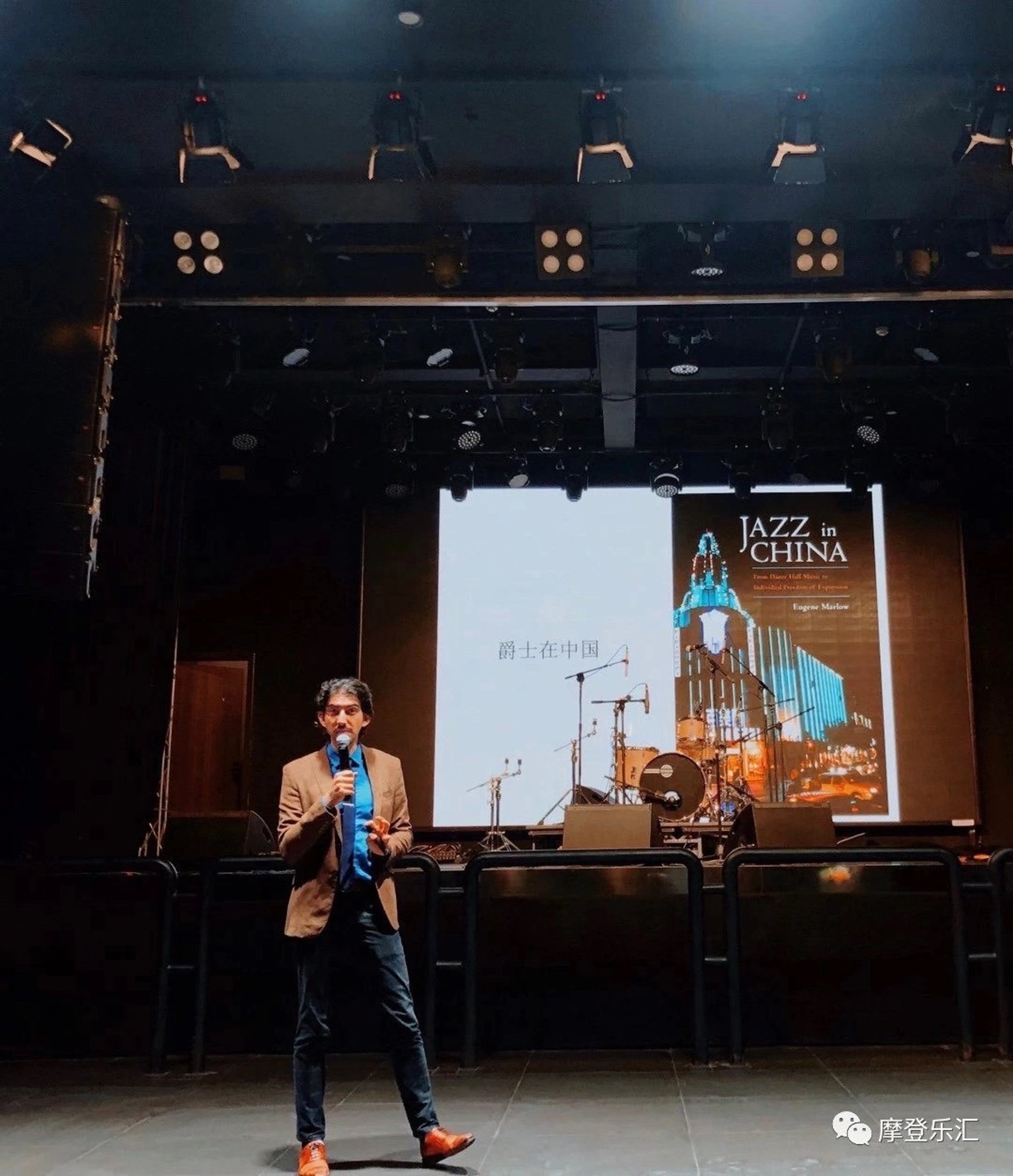
David Sanborn "Lisa" Full Premium Transcription
Alto Sax Eb Transcription
$3.50
To me, the most outstanding aspects of Sanborn’s playing are his inimitable sound, his great sense of time and groove and his expression. Lisa is a masterclass on all of these - the way he repeats the same note but each one sounds so different, the way he holds a long note and changes its texture, timbre and volume in 3 or 4 ways before unexpectedly shifting gears, lulling you to sleep soft and sweet then suddenly exploding with aggression. Lisa, composed by Sanborn himself was released on Hideaway in 1980.
I hesitated to put out this video because transcriptions of it are already out there, but I think the extra attention to detail I added is worth a second look (and listen). This is the first song where I relentlessly spent an inordinate amount of time studying every detail of a player’s phrasing and expression, which took my playing to a new level. I love the contrast between the sweetness of the slow ballad section, with its subtly sophisticated harmony, and the bluesy grittiness of the funky double time section and its infectious two chord vamp.
All these reasons are why I felt compelled to cover the song on my 2022 album Vicissitudes, which also features a new arrangement and re-harmonization. You can check out that studio music video here:
And listen to the full album here:
https://open.spotify.com/album/4IB1KcrcG7Wj8slUxUgfdY
https://eladsobol.bandcamp.com/album/vicissitudes
(Available worldwide on all digital streaming services)
A few important notes about this particular performance: There is something I call “The Sanborn Articulation” for lack of a better term. He often does a no-tongue, breath articulation that starts from nothing and quickly crescendos. I marked it as ppp then crescendo.
Another one the performer should be familiar with is what my teacher called a “shimmer”. This is a heavily accented note, with a very quick vibrato of short duration, maybe just 2-3 undulations. I marked these as accented with a ~~ in combination.
Of course Sanborn is known for his legendary split tones. I marked them all as “S.T.” A couple times on this song he seems to overblow a mid-range or low-range note. I marked these as "GR" (like Growl?) but it's not exactly a growl. Hard to emulate and describe.
"V" is like a "voo" sounding articulation, "H" is like a "hoo" sounding articulation. Both don't involve the use of the tongue and are somewhat like subtones. Harmonics are notated with an “o” on top, ghosted tongue (or “dooden”) marked as “x”, bent notes in pitch and in time are marked as smaller noteheads, so play the regular sized note and then bend to the small notehead pitch.
Last thing, I spent a lot of time on the dynamics, crescendo and vibrato markings so pay close attention to those. Where in the bar/note he starts or ends the vibrato or crescendo is key to playing this as closely to the original as possible. Typically a decrescendo into a rest will be decrescendo into nothingness, but also do pay attention to where that rest note is written because I also wrote them to signify the ends of phrases as closely as possible.
Of course we can split hairs about all of these aspects, as well as my dynamic markings, but this is as close as I felt I could get it. I differentiated between faster/slower and wider/narrower vibrato as best I could with the two markings available. Some of his bends are slower/faster than others and I tried to write these out when possible but there is no completely precise way of marking and differentiating so you’ll just have to listen for that.
This is the complete transcription, from start to finish. The way Sanborn plays the melody, in my mind, is just as important as the solo, and as usual I tried my best to indicate as many of the details of expression as possible. As it is so often with the greats, it's not WHAT you play but HOW you play it, and in my opinion Sanborn is a master of expression and stands out even amongst the all-time giants in this respect. Enjoy and listen deeply! As always, the notes on the page are just a fraction of, and a distant approximation of, the music itself. One must listen closely and repeat many times to get all the details of the nuance out. My only hope is that writing the notes out in this more detailed fashion helps people to HEAR more clearly. It wasn’t until my teacher played the a part of the recording, explained, then played it himself, that I noticed what was going on. It is my intention to help more people NOTICE the beautiful nuance of Sanborn’s expressiveness.

